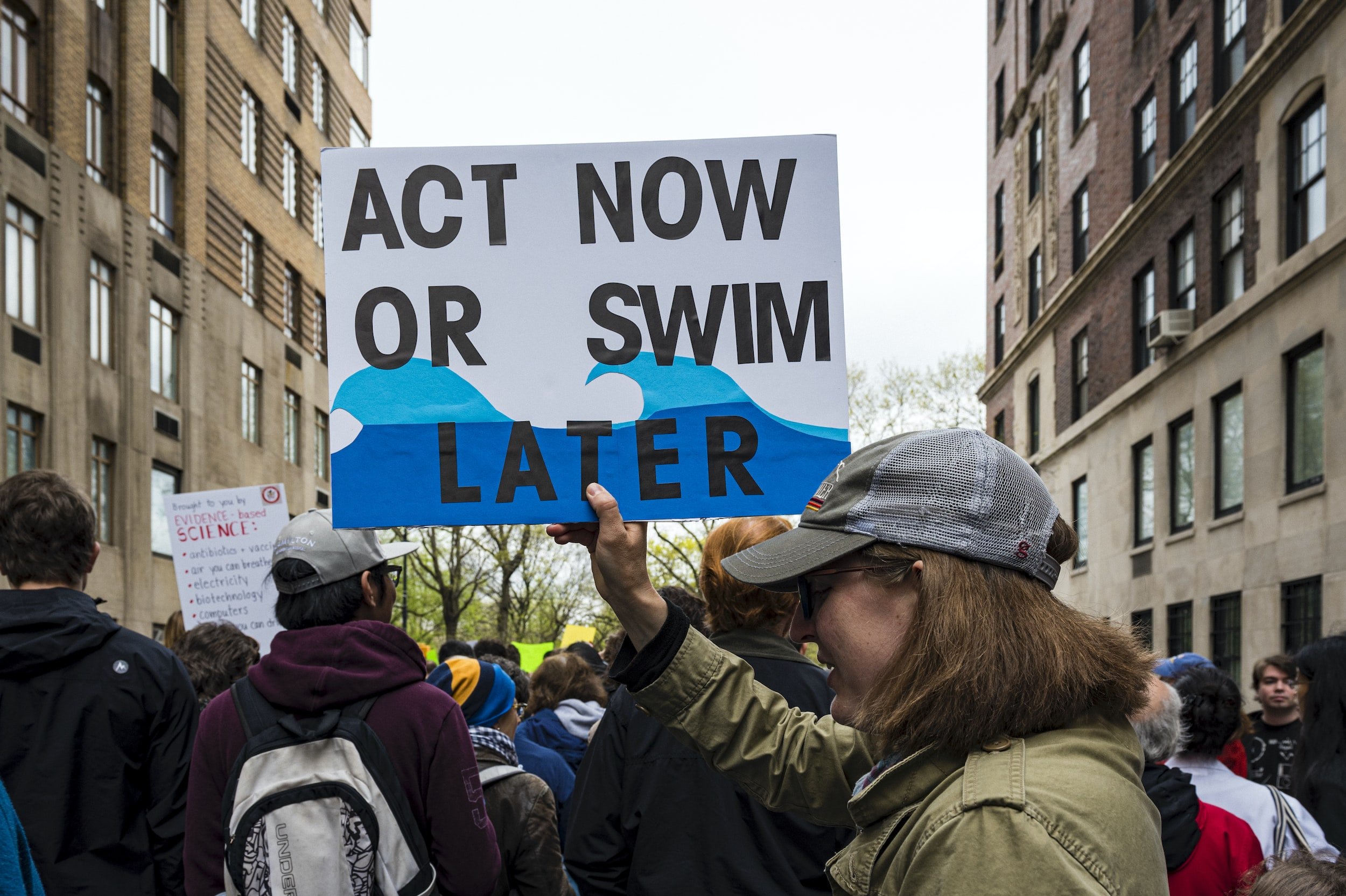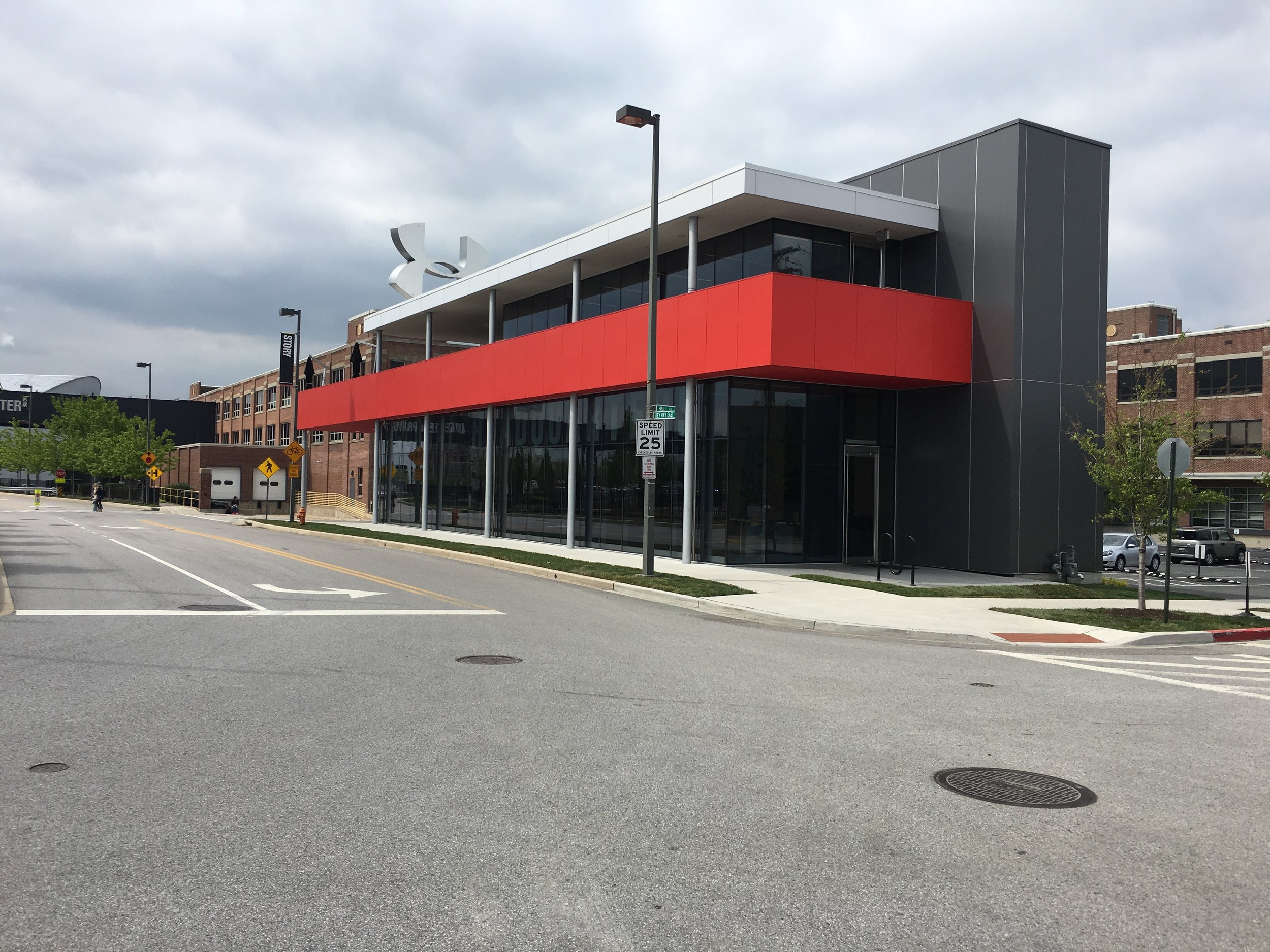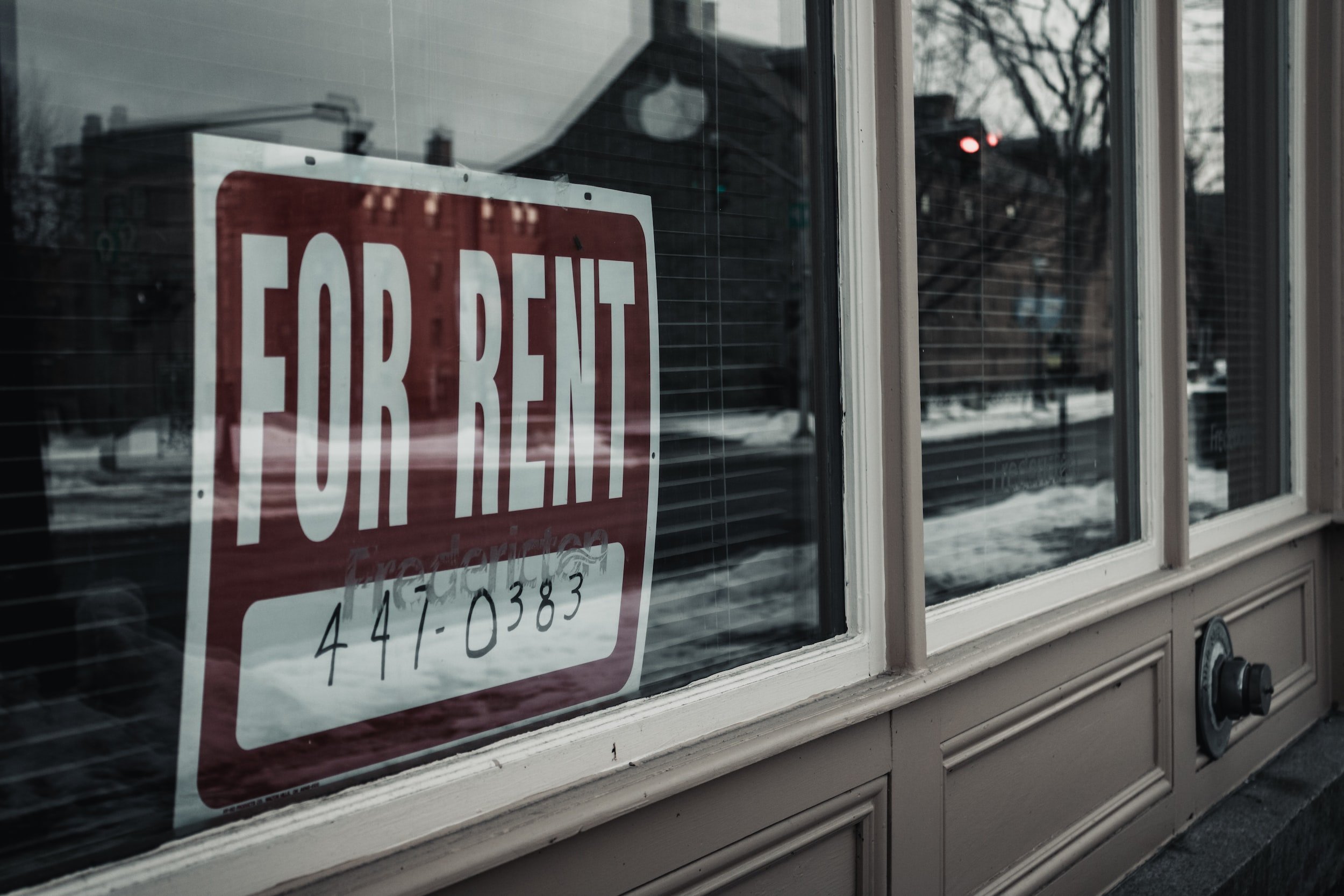
What Does It Mean to Be Homeless?
Organizations and policymakers have recently brought the definition of homelessness to the forefront, including multiple reports by the Government Accountability Office, and the Homeless Children and Youth Act of 2021 which was introduced but not passed. Much of this debate stems from the U.S. Department of Housing and Urban Development (HUD) not including households living doubled-up – i.e., sharing housing due to economic hardship, loss of housing, or a similar reason – as homeless, contrary to many other definitions of homelessness.

How Local Contexts Matter for Local Immigrant Policies
Local policies related to immigrant attraction and settlement include efforts to attract and support immigrants for economic development purposes (entrepreneurialism and business start-up support, credentialing), smooth transitions (multi-lingual services, ESL, citizenship support), embracing diversity (multi-cultural community events), and providing assistance in accessing needed local services (housing, health care, employment support).

Why Political Scientists Should Study Smaller Cities
The United Nations estimates more than half of the global population currently lives in cities, and 68% of the world’s population is projected to live in urban areas by 2050 (United Nations 2018). A large portion of this growing urban population lives outside of major metropolitan areas. Yet much of our knowledge about urban politics comes from studying the largest cities, and smaller cities are systematically understudied relative to their share of the population.

Water Utility Districts as Facilitators of Regional Climate Change Partnerships
Unlike much of the literature on regional activity that centers on how general-purpose local governments choose to respond to externalities or other cross-boundary drivers, Jayce Farmer (University of Nevada-Las Vegas) centers existing water utility districts as the key independent variable.

Envisioning a Role for RIGOs in Cross-Boundary Land Use Regulation
The acknowledged value of regional planning is evident in the proliferation of state and federal policies that require coordination between local authorities. However, as Thomas Skuzinski (Northern Illinois University)and Carolina Velandia Hernandez (Northern Illinois University) note, even while regional planning efforts exist the plans themselves lack teeth and land use regulation remains a predominantly local activity.

Investing in Emerging Regional Institutions to Promote Equitable Climate-Ready Regions
In this contribution, Catherine Ashcraft (University of New Hampshire) and Christina Rosan (Temple University) explore the potential for regional planning solutions to the climate crisis in a case study of two initiatives in New England. They note that climate change, like many wicked problems, is a complex set of issues that faces numerous political barriers, and that solutions are unlikely to be unlocked at one level of government.

Projects Not Systems: Why New York Doesn’t Have a RIGO
The greater New York City region is both a substantial population and financial center in the United States, making it a highly contested political territory. Despite (and perhaps because of) its value in this regard, Cameron Gordon (Australian National University), Richard Flanagan (City University of New York), and Jonathan Peters (City University of New York) argue that intense fragmentation in the region creates hurdles to effective regionalism.

Do Shallow Rental Subsidies Promote Housing Stability?
The District of Columbia piloted and evaluated a shallow rent subsidy to answer two questions: Do shallow flexible rental subsidies promote housing stability? And, can they be a vehicle to further stretch the existing housing resources to serve more people?

Wealthier Neighbors and Higher Rents
When it comes to public housing in the United States, the Department of Housing and Urban Development (HUD) is in a bind. Public housing developments across the country are quite literally crumbling in the face of a $70 billion backlog of deferred maintenance and repairs, placing many of the 1.8 million low-income tenants in housing units that may be dysfunctional or unsafe. However, previous efforts to redevelop public housing—most notably, HOPE VI—forcibly displaced low-income renters from their homes, removed affordable housing from cities through demolition without replacement, and catalyzed the gentrification of majority-Black neighborhoods in cities across the country.

The Role of Women in Local Governments
In recent years, the reduction of available resources, increased debt and the decentralisation of services have placed many governments in precarious situations. If we focus on the local public sector, municipalities are increasingly challenged to present balanced budgets without raising taxes or reducing vital services for their citizens. Thus, it is essential for local governments (LGs) to provide their services in the most efficient way, which would allow them to provide more services with fewer resources or the same services at a lower cost. The term “efficiency” refers to the level of performance of an organization (Farrell 1957). It represents the level of output that can be obtained by a level of input, in comparison with the optimal combination input-output.

Using Emerging Hot Spot Analysis to Explore Spatiotemporal Patterns of Housing Vacancy in Ohio Metropolitan Statistical Areas
Sophisticated methods for studying changes in the physical forms of cities that are losing population (i.e. “shrinking cities”) are lacking in the literature. This research highlights the use of a newer method—ArcGIS Pro’s emerging hot spot analysis of space-time cubes from defined locations—to examine the spread of housing vacancy, a common indicator of city shrinkage.

Walking the Talk
Why do some municipalities adopt ambitious climate action plans and others do not? How can we encourage more cities to be ambitious? The Intergovernmental Panel on Climate Change (IPCC) has warned that CO2 emissions must reach net zero by 2050 to prevent the most devastating consequences of global climate change. Cities consume more than two-third of the world’s energy, emit more than seventy percent of the global CO2 emissions, and contain 55% of the world’s population, so their efforts will be critical to our ability to prevent catastrophic combat climate change.

Undermining Sanctuary? When Local and National Partisan Cues Diverge
In our paper, “Undermining Sanctuary? When Local and National Partisan Cues Diverge,” we show that Tucson Democrats split their vote on the sanctuary initiative ultimately leading to its downfall. To understand this outcome, we advance a partisan mixed-cues theoretical framework in which Democratic elites communicated a split cue environment — some supported the initiative while others opposed it, whereas Republicans communicated universal opposition to the initiative.

Officer-Involved Killings and the Repression of Protest
It is clear from the news, and perhaps even from personal experience, that many citizens are mobilizing to express outrage and demand justice in the wake of officer-involved killings. However, despite the fact that officer-involved killings are the focus of such an important social movement, very little work attempts to explain the circumstances that lead the public to protest the deaths of particular victims.

Measuring and Explaining Stalled Gentrification in Newark, NJ
Our paper examines the concept of “stalled gentrification,” or gentrification that began in one period but did not continue or advance beyond that period, in the city of Newark between the years 2000 and 2017. We posit that race, racial politics, and the racial makeup of local leadership are shaping gentrification dynamics in the city, specifically, the reason why gentrification never “takes hold” in a city that should be a prime candidate for the urban phenomenon.

Norton E. Long: Public Intellectual Extraordinaire
Norton E. Long (1910-1993), through his writings, teaching, mentoring, and extensive public service, was an extraordinary public intellectual. He was committed to understanding and improving governance and the functioning of public bureaucracy in a democratic society; making the public interest and improving the human condition the core missions for civic participation and leadership; and warned of the perils of a racially-segregated metropolis and society.

Homeowners Saying “Yes, In My Back Yard”: Evidence from Israel
What if there is a way to harness the interests of the incumbent homeowners to encourage urban development rather than prevent it? In a new article published in Urban Affairs Review – "Homeowners Saying ‘Yes, In My Back Yard’: Evidence from Israel" – I argue that NIMBYism is not the sole expression of their self-interest, or even the dominant one. In Israel a mature system for the demolition and densification of existing residential buildings has changed the preferences and behavior of many homeowners, who now can directly benefit from the upzoning of their neighborhoods through deals with developers.

Housing Vouchers Can Reduce Children’s Exposure to Neighborhood Disadvantage and Be a Tool to Reduce Racial and Ethnic Inequality in Neighborhood Attainment
American cities are heavily segregated by race and income, reflecting a legacy of racism and a housing policy heavily tilted toward White suburban homeowners. Recent research suggests that the economic impact of growing up in a poor neighborhood is significant – children can experience reduced rates of economic mobility, which reduces adult earnings and employment. For very poor children, moving to a high-opportunity neighborhood early in life can significantly affect future economic outcomes.

“Building Together” in Baltimore?
Hudson Yards in New York City. L.A. Live in Los Angeles. Penn’s Landing in Philadelphia. The Amazon HQ2 in Crystal City, Virginia. Cities in the U.S. are competing with each other for corporate investment and population growth, and mega-developments are an increasingly popular way to redevelop distressed urban areas. But can multi-million dollar mega-development projects serve as revitalization engines for cities while building partnerships and neighborhood capacities for economically struggling communities?

How Landlords of Small Rental Properties Decide Who Gets Housed and Who Gets Evicted
About half of US rental housing is held by small-scale “mom and pop” owners. These owners often have only one or two units and, historically, have rarely drawn the attention of scholars or policymakers. However recent work on eviction and the impact of the Covid-19 pandemic and eviction moratoriums on small-scale landlords have brought “mom and pop” owners into the headlines.